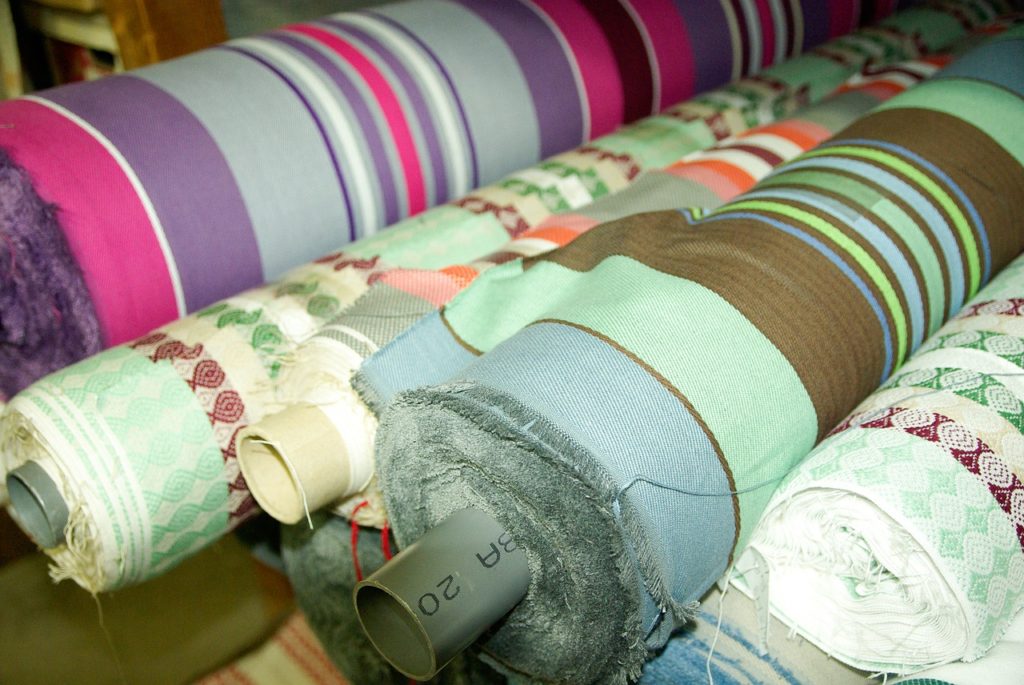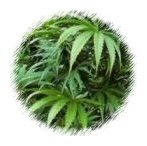When we started blogging way back in 2009, we did a series of short “Quick Fact” posts about different textile inputs in the eco-fashion landscape. Looking over those quick facts 10 years later, and a lot of the information has changed and many of the resources linked are no longer available. So here’s a round up of some of those old posts, just as interesting, but now also up-to-date.

Organic Cotton Statistics

For years Turkey held the record for growing the largest amount of certified organic cotton in the world. But in 2008 alone, India increased its production of organically grown cotton by 292% to become the number one grower. Since then, India has continued to expand their production of organically grown cotton acreage and according to the Organic Cotton Market Report of 2017, India grows 56% of all organic cotton worldwide. China is second with 14%, and Turkey now represents only 7% of worldwide organic cotton production. The good news is, that’s not because Turkey is growing less cotton organically, but that the rest of the world has massively increased organic production.
Fun Facts:
- 18 countries grow some organic cotton.
- The top 7 countries (India, China, Kyrgyzstan, Turkey, Tajikistan, US and Tanzania) grow 97% of all organic cotton.
- The USA grows just 4% of the world’s organic cotton.
- The demand for organic cotton in the USA far exceeds production, forcing most fashion producers to import organic cotton.
- It takes 3 years to convert conventional farmland to certified organic.
Hemp Status in the USA

Hemp has had a rocky past in the USA. In 1619 at Jamestown Colony in Virginia it was mandatory for farmers to grow hemp because there was such a shortage. But the Marihuana Tax Act of 1937 made the cultivation of industrial hemp impractical, though not strictly illegal. That’s because hemp was categorized as a drug along with it’s cousin marijuana even though industrial hemp contains less than 1 percent of tetrahydrocannabinol (THC), the chemical in marijuana which produces psychoactive effects.
However, the 2018 Farm Bill removed the restrictions on growing hemp, and industrial hemp is no longer classified as a Schedule 1 controlled substance. It’s too early to say exactly how much hemp growth will expand in the USA, but the West Virginia Department of Agriculture alone reports
there is 15 fold increase in hemp cultivation in 2019 over 2018.
Fun Facts:
- The first USA flag was made from hemp.
- Both President George Washington and President Thomas Jefferson were cultivators of hemp.
- In addition to apparel and textiles, hemp can be found in food, cosmetics and pharmaceuticals.
- Hemp “milk” can now be found in your grocery store.
- Hemp may well be the single most eco-friendly fabric.
Latex and Spandex Allergies

Natural rubber latex is derived from the rubber tree Hevea brasiliensis. There is a specific protein in latex that acts as a sensitizer and causes allergies. Many individuals are not initially allergic to latex, but can develop sensitivity to it after prolonged exposure.
Latex allergies are particularly tricky because latex can sometimes be found in elastic, but not always. Manufacturers are not required to specify if a product contains a small amount of elastic as trim. Even when they do note that elastic is present, the underlying source of the elastic is almost never listed. So it is rare to find a garment hang tag that will say with any certainty whether latex is present.
One of the biggest misconceptions about latex allergies is that spandex (also lycra or elastane) is the same as latex and can cause the same allergic reaction. Spandex is actually a man-made, petroleum-based fabric made from polymer polyurethane and does not contain the rubber tree protein that causes latex sensitivities. While some people do have allergic reactions to spandex, it is much less common than latex allergies.
Unfortunately, since spandex allergies are less common, it’s even harder to find apparel that is spandex free than finding apparel that’s latex free. Even the Global Organic Textile Standard (GOTS) allows for a small amount of spandex to be added to an organic textile and still be certifiable. In general, though the presence of spandex in a garment is usually easier to determine since it’s often in the fabric itself, not just the elastic trim.
Resources:
- The American Latex Allergy Association posts relevant information for allergy sufferers.
- Cottonique brand clothing is completely free of both spandex and latex.
- Indigenous Designs uses no spandex in their main fabrics, and covers all their elastics so they don’t touch the skin at any point.
- Green Tree Organic, our in-house brand, uses guaranteed latex free elastics in all of the panties except the printed ones. (Note that there is 5% spandex in our fabric.)
- At FaeriesDance.com, check the “Details” section for the phrase “latex free.” If that isn’t listed, we can’t confirm if the elastics contain latex. Also check the “Fabric & Care” tab for the fabric contents and the presence of spandex.
Need Other “Quick Facts”?
Take a look around our blog for other eco-fashion facts and tips. Here are some of our most popular posts from the last 10 years. If you still have questions, please don’t hesitate to contact us.
